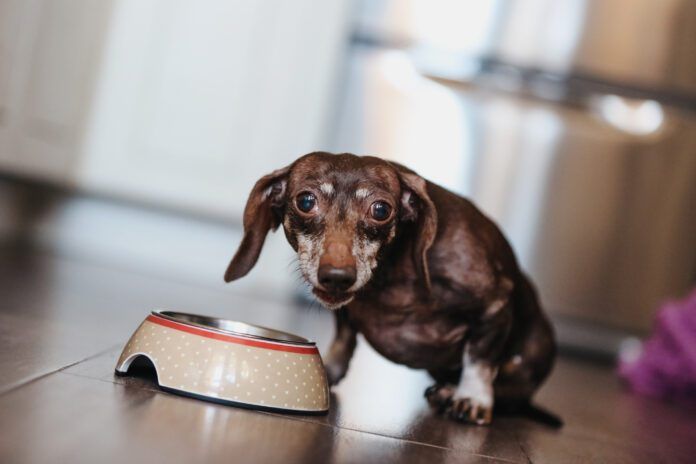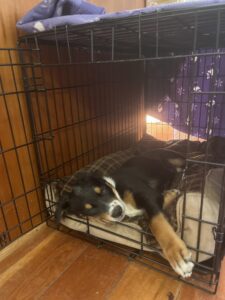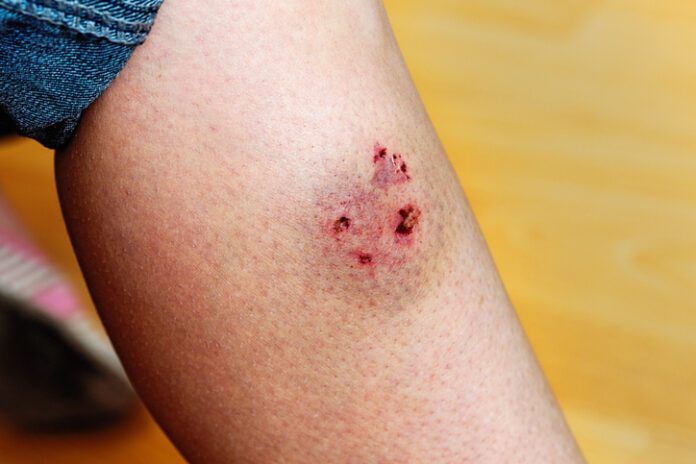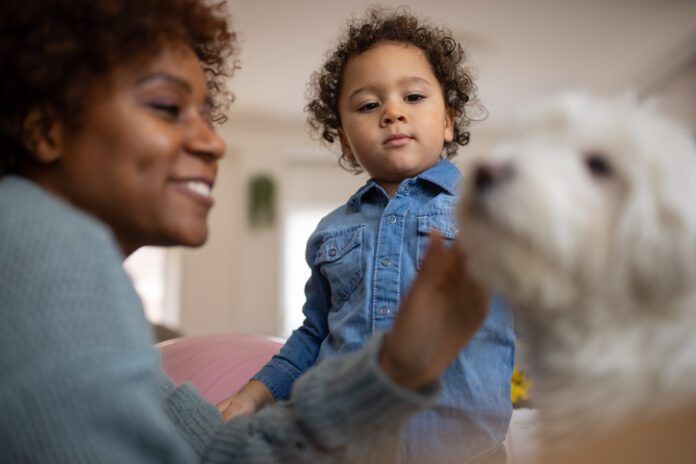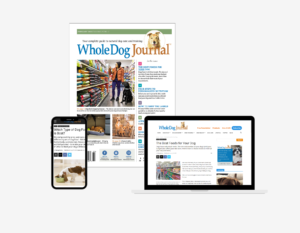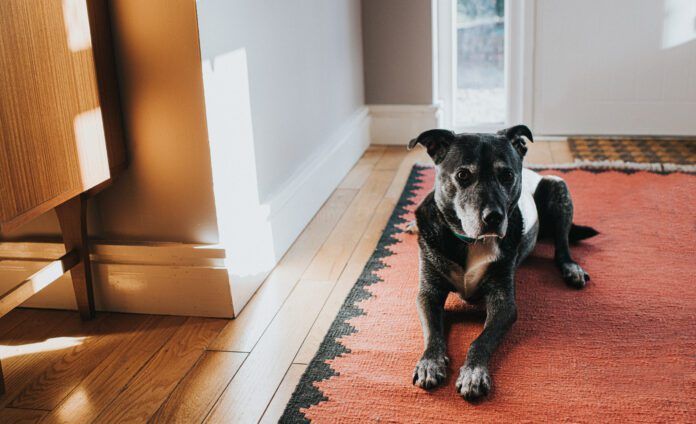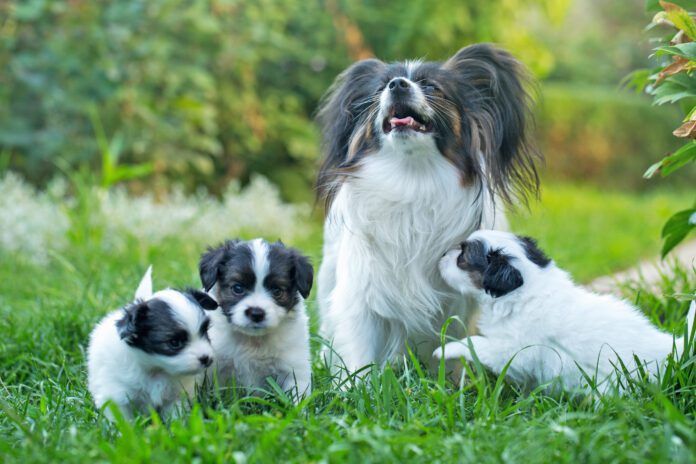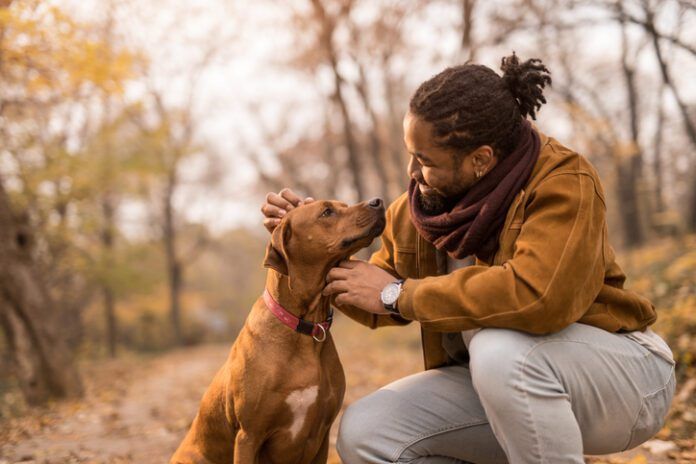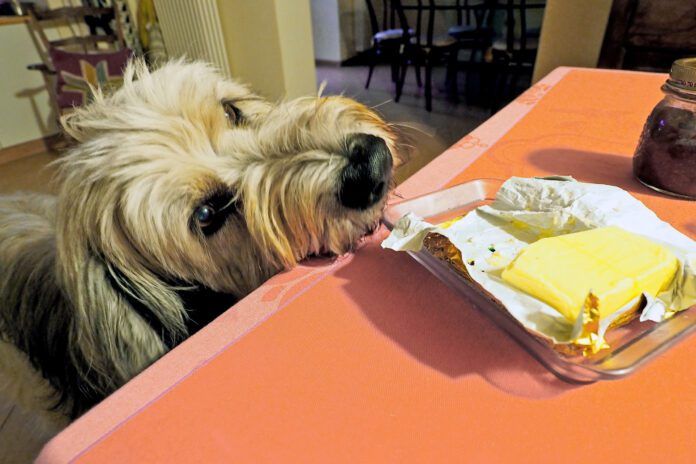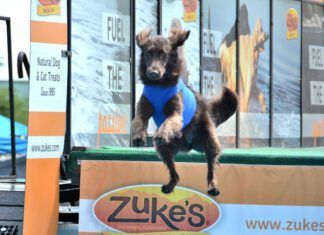Chronic kidney disease (CKD) is a common condition that occurs when the kidneys lose their ability to function properly, leading the buildup of waste products and toxins in the body. In dogs, we rely on dietary therapies to help alleviate symptoms and slow the progression of the disease, thus ensuring the best possible quality of life for our companions. A therapeutic diet for dogs with kidney disease has the following characteristics:
- Carefully considered amount and quality of protein. Proteins are large molecules comprised of building blocks called amino acids. High quality proteins contain many or all of the essential amino acids that dogs need for cellular repair and the maintenance of lean body mass. Proteins can also vary in digestibility, depending on the source. The protein in egg is considered to be 100% digestible, with meat from chicken, beef, and lamb having a protein digestibility in the 90% to 95% range. Excess protein, or poorly digestible proteins, can lead to the accumulation of protein metabolites in the body, creating more work for the kidneys, which are responsible for the filtration and removal of these waste products. Because of this, dogs with CKD often benefit from a controlled protein intake.
The modification of protein intake has been the foundation for the management of chronic kidney disease for decades, as well as a source of controversy. While the recommendation for any dog suspected of suffering from CKD used to be to transition to a very low protein dog food, the current recommendation for kidney diets is to include moderate amounts of high-quality protein. Using high-quality, easily digestible, protein not only reduces strain on the kidneys, but also supports the maintenance of lean body mass and may help to keep the diet palatable.
- Careful and dependable levels of dietary minerals. Controlling the balance of minerals is also recommended in dog foods for kidney disease, namely sodium and phosphorus.
Sodium restriction has been the standard recommendation for dogs with CKD, as diseased kidneys have a reduced ability to filter and excrete sodium in a dog’s body. Excess sodium buildup can lead to high blood pressure, which can further damage the delicate structures responsible for filtration in the kidneys. This is a precautionary measure and is often used in conjunction with medications to lower blood pressure to help preserve kidney health and function.
Phosphorus restriction is crucial when managing CKD, as elevated phosphorus levels can exacerbate kidney damage in dogs. Dogs suffering from CKD lose the ability to filter and excrete phosphate, which causes in increase in their production of parathyroid hormone. The release of this hormone in excess is correlated with the progression of kidney disease and also leads to hyperparathyroidism, so restricting the intake of phosphorus is vital for our dogs suffering from CKD.
Foods that can contain high levels of phosphorus include bones, organ meats, dairy, and muscle meats, among others. Because of this, it is important to ensure diets are formulated to keep phosphorus levels in mind and the consumption of bones and antlers should be minimized.
- Added Omega-3 and Limited Omega-6 fatty acids. The omega-3 fatty acids eicosapentaenoic acid (EPA) and docosahexaenoic acid (DHA) have renoprotective qualities and decrease inflammation in the body. The supplementation of fish oils, such as salmon oil, can help boost the omega-3 fatty acids in your dog’s diet.
However, not all omega fatty acids are the same. While omega-3 fatty acids, found in fish oil and marine microalgal oils, are beneficial for kidney health, omega-6 fatty acids, found in safflower and sunflower oils, appear to be detrimental to dogs suffering from CKD and should be avoided in excess.
- Added antioxidants. Oxidation in the body causes the formation of free radicals, which attack compounds in the body and cause cellular damage, leading to inflammation. The cellular damage caused by free radicals has been implicated in the progression of kidney disease, so minimizing the presence of free radicals in the body is a goal when feeding dogs with kidney problems. Fortunately, these free radicals can be bound, and their damaging effects neutralized, by antioxidants. Dietary supplementation of vitamin E and vitamin C, which are rich in antioxidants, can bind up free radicals and minimize inflammation in the body.
- Adequate water intake. Water is vital for maintaining kidney health and function, and incorporating moisture into the diet is a fantastic way to boost hydration in our dogs. Fresh and canned diets contain high levels of moisture (typically more than 70%), but owners can add even more moisture to these already high-moisture diets. Diets high in moisture are also typically more palatable, which can help to stimulate food intake in picky or lethargic dogs.
When adding moisture to diets for dogs with kidney disease, stay away from bone broths, broths, and dairy, as these can be high in phosphorus and sodium, which should be minimized. In addition, a source of fresh water should always be made available.
Veterinary monitoring and dietary adjustments
It is important to remember that chronic kidney disease is a progressive condition and your dog’s nutritional needs may change over time. Regular veterinary check-ups, including the monitoring of bloodwork, are essential for evaluating changes that may need to be made to maximize the efficacy of dietary therapies.


